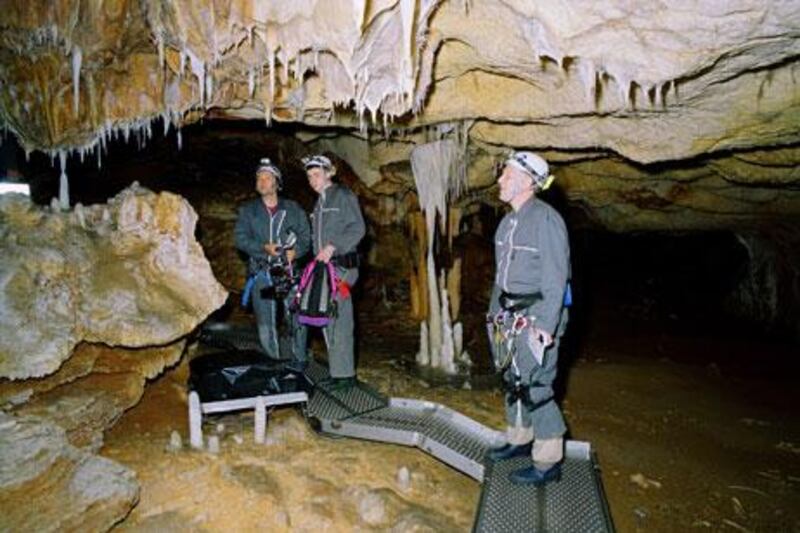One of the perks of being one of the world's top directors is that you get permission to do things that others can only dream about. Werner Herzog gained exclusive access to the Chauvet-Pont-d'Arc caves in southern France, which became a hotspot in 1994 when Palaeolithic artwork was found on the walls.
While most people are not even told where the entrance to the cave is, Herzog was given permission to take a small crew to the cave and make a movie to give the world a chance to see the incredible 32,000-year-old paintings.
"Well, the privilege that I see places that normally people do not have access to is really something special," says the filmmaker in his distinct Germanic avuncular voice that he uses to brilliant effect narrating his films. "Being a filmmaker has also to be combined with a desire and quest to reach these places. It was not easy to get to Antarctica [where Werzog made his documentary Encounters With the End of the World] but the quest was so strong, that ultimately, I was allowed to be there."
Herzog is a man known to go to incredible lengths to make films: stories of his battles with the actor Klaus Kinski and making natives drag a boat over a mountain during the filming of Fitzcarraldo are legend. He also made the task of filming the caves so much more difficult when he decided that the film had to be made in 3D. A new camera that could be taken apart and reconstructed in the cave had to be built to facilitate this wish. It was a time-consuming process that ate into the limited time he was allowed inside the cave.
"It was imperative [to film in 3D] because when you think about cave painting you think about a flat wall, but the painters 32,000 years ago understood the drama of the niches and the bulges in the walls and the painters would use a bulging protrusion in the rock for the neck of bison, creating an effect where it would seemingly come out and look at you. Since we are probably the only ones who will ever be allowed to film in there, it was imperative to show it to the audience in the way that the artist wanted to show it."
The result is a truly remarkable film that not only highlights the brilliant work in the caves but also the extreme efforts that are made to preserve the artwork. There are also some typically abstract touches that take the viewer into a fantasy completely created by Herzog. At one point, he also shows some mutant albino crocodiles living near the caves, which have been affected by nuclear waste, and argues that while the caves point to the history of the world, these new creatures are the future of the planet. It does beg the question, however: can we trust what he says?
"No," he says, "you can always trust in my wild fantasies and when it is going into wild-fantasy territory, it is absolutely clear that we are going wild now. I do invent things, but it's always clear when I invent things."
What is also clear is that Herzog continues to be one of the great filmmakers of our time and Cave of Forgotten Dreams is a film to rank with his many great documentaries.
Cave of Forgotten Dreams is showing on Friday at 4pm, Vox 5 and on Tuesday at 6.45, Vox 6.






